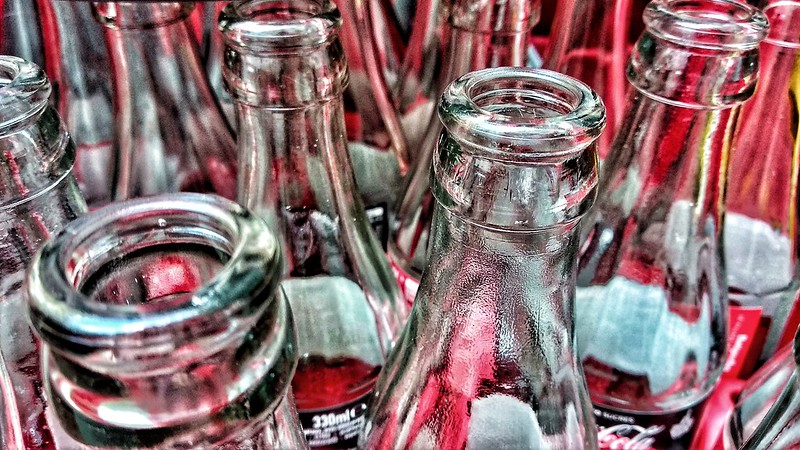Excerpt:
The rise of curbside recycling programs over the past few decades has meant more glass recycling. But for a long time, many recycling centers didn’t have the technology to turn recycled glass into the raw material for new bottles. Instead, recycled glass often wound up being used as a cheap construction material, or even to cover landfills.
Now, with new technology that can better sort glass collected in curbside recycling, more used glass bottles can be turned back into new glass bottles. To see how this works, we went to a glass recycling facility and a bottle factory.
Outside a recycling plant in Jersey City, N.J., there are piles and piles of what looks like garbage.
But it’s actually broken glass, mixed with things like plastic bags, bottle caps, etc. Large items like some cans and plastic jugs have already been sorted out.
Inside the plant, the stuff goes through more sorting. To isolate the glass, a magnet first pulls out metal caps, lids, small tin cans, and other pieces of metal.
Getting the metal out is the easy part. But to turn glass back into bottles, you also have to sort the broken glass by color. (Clear glass is the easiest to turn back into bottles, and the most valuable product of glass recycling.)
When recycling centers relied mainly on human labor, sorting out broken pieces of clear glass from the greens, browns and blues was a slow and dangerous job, says Tom Outerbridge, the general manager at the recycling facility…
NPR Planet Money Video:
We go inside a recycling plant and a bottle factory to see the technology that turns used glass into new bottles.









